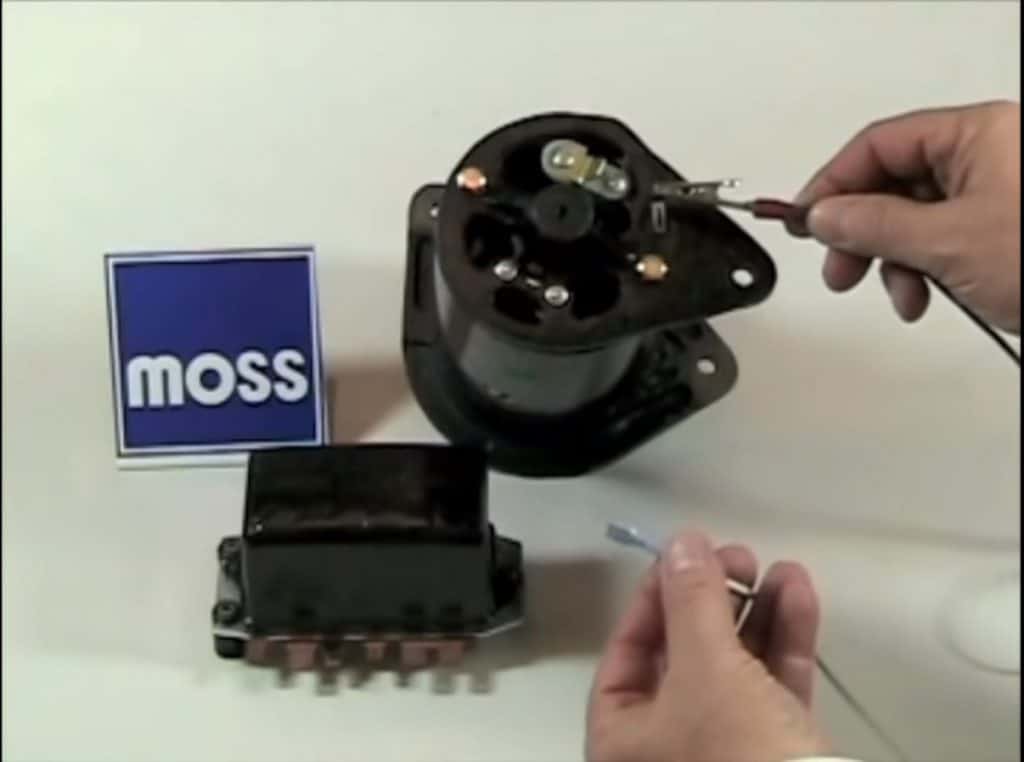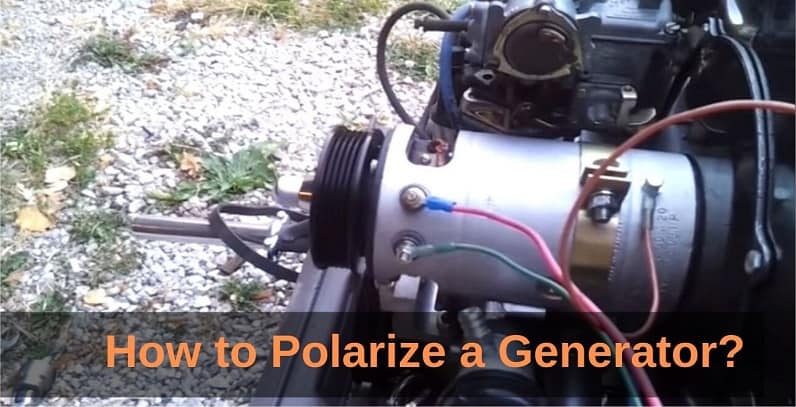How to Polarize a Generator?
If you are planning to use your generator alongside a regulator, you will need to polarize your generator.
A generator, unlike an alternator, can run off both positive and negative current. A regulator is static and only runs off the positive current.
Therefore, if your generator is not polarized to a positive charge and a positive current is sent through the terminals, the motors and switches on the same current are likely to get damaged. Not to mention, it can destroy your entire generator.

The good news is, polarizing your generator is a simple task.
But before we look at how we can polarize a generator, let us define polarization.
Table of Contents
What is Polarization?
Polarization is matching the polarity for a generator to that of the voltage regulator. Polarity happens when you permit a surge of current to flow through your generator.
Why is Polarization Necessary?
The purpose of polarization is to ensure both the generator and regulator are working/charging the same.
And remember what we had mentioned above, if the polarities do not match, it can result in the damage of the electrical components.
Polarization will ensure that the components are working not against each other and ensure your electrical system keeps running.
When is Polarizing a Generator a Good Idea?
Polarization of a generator should take place whenever any of the following events happens:
In the event any of the following events has occurred, we strongly advise that you do not start your generator is polarized.
It’s always essential that the polarity of your generator aligns with that of the voltage regulators.
Step-By-Step Procedure of Polarizing your Generator
If you have been wondering on how to polarize your generator, here is a breakdown of the steps you need to follow.
Tools you Need
Before we look at the polarization process, it's essential that you determine whether you are working on a positively charged or negatively charged system.
And this takes us to the essence of the polarity test.
What is Polarity Test?
Like the name suggest, polarity test is the process of determining the correct polarity of a system.
If you are an electrical enthusiast like I am, you can determine Polarity through visual inspection. By using knowledge and sight, you can correctly establish the correct termination of core colors.
However, there are still other methods that you can use to determine polarity such as Continuity Of Protective Conductors.
After determining the polarity of your system, it’s time to polarize your generator.
Step 1
Remove the fan belt from the machine the generator starts. While at it, it is essential that you can peel it off by hand, and if not, you can loosen the sway bar arm using a socket set.
Step 2
Make a small jumper wire from the 14 gauge of 16-gauge wire, long enough to reach from the battery to your generator.
Then, on either end, attach an alligator clip.
Step 3
Attach the jumper wire to the armature terminal on the generator. In most cases, this terminal is usually labeled with an "A."
Step 4
To the other end of the jumper wire, make a brief contact to the positive terminal on the battery.
It’s essential that while at it, you only touch the battery for a second. Else, if you touch the positive terminal for a longer duration, you might end up damaging your generator.
After you are done with the polarization, you need to confirm the results by turning on the ignition switch. On models with the charge indicator light, ye light should display, indicating discharge before the engine starts.
And once the motor starts and your unit is charging, the red light should go off.
However, if the engine runs slow, it’s an indicator that the generator is not charging enough to overcome the load.

